Belfast. A study in contradictions.
Barbed wire and murals of masked gunmen stand out against residential buildings where children play in the front yards and flowers grow in window boxes.
Poets, still perfectly articulate after three pints (that I counted), reading slam pieces about the exploitation of the working class, unemployment, and sectarian conflict back-to-back with love poems to French footballers.
British flags and Irish tricolors flutter proudly in the breeze, on opposite sides of a thirty-foot wall, made of two levels of concrete and topped with barbed wire like the least inviting candles possible for a birthday cake.
A conversation in a pub with an Irish playwright segues from a discussion of character development to the remnants of the conflicts at the barricades in ’69.
A mural on the side of a major road: “Ulster: Proud, Defiant, Welcoming.”
The Troubles are inescapable, but in Belfast they seem to be both the first and last thing on everybody’s mind.
Ever since arriving in Northern Ireland, I’ve struggled to reconcile my preconceived notions of what this nation was “supposed” to be and what it actually is. Belfast, as a city, seems to have seized both sides of my perception and filtered them through an amplifier, blasting them out four times their normal volume. The accents seem more pronounced, more brogue-ish here, though that may simply be because there are considerably more people than the sparsely populated streets of Armagh. Gift shops with Guinness tee-shirts and plush leprechauns line the streets. I even discovered a window display of boxes of Lucky Charms in a Spar shop window front.
And yet, at the same time, I could not be farther from what I imagined Ireland to be. The enormous, insurmountable thirty-foot wall running the length of Shankhill Road belongs in my mental construct of the West Bank or 1990s Bosnia, not the British Isles. The massive, intricate drawings of Unionist gunmen, Picasso’s Guernica, or the “honored dead” of the UVF or the IRA on prominently displayed walls across the city’s working-class neighborhoods are hardly shamrocks and pots of gold.
The image that stands most vibrantly in my mind is a picture I managed to capture while taking a walking tour of Belfast’s murals with the incomparably lovely Neil Jarman. Unfortunately, I don’t have the cord to my camera with me in the Belfast hostel, but when we return to our home base in Armagh I will go back and add the image to this post (and remove this unnecessary paragraph, doubtless). Directly next to the government housing buildings on which are painted the most obviously sectarian and provocative murals, featuring gunmen with loaded rifles and full-color depictions of King William at the Battle of the Boyne, a young girl of about five and her grandfather were walking together, holding hands.
I’ve seen this image a hundred times at home, with young children and their grandparents enjoying a late morning walk. The juxtaposition of the innocence of the scene with the ominous memory of the Troubles was jarring, and threw me even more off-guard than I had already been.
I don’t know if this scene is troubling or reassuring. On the one hand, I wanted to run over and shield the young girl from the sight of the murals. No child should have to walk through their morning surrounded by images of violence and civil war. On the other hand, it represents the most powerful feeling I gained from Belfast throughout the day: the ability to live, work, love, and laugh alongside memories of fear and armed conflict.
Eternal optimism and an acute sense of where one comes from.
Making a joke a serious thing and a serious thing a joke.
In short:
Belfast.

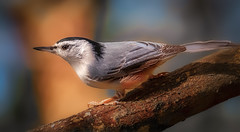
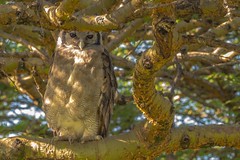
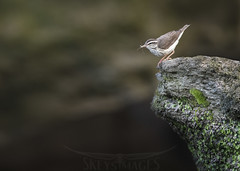
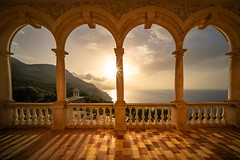
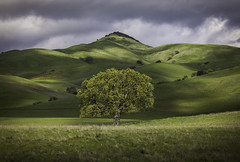

It’s getting to the point where I can open up your post, go straight to the bottom, and hit the like button because I know whatever’s in here is going to be fantastic.
[…] Her blogs are always worth reading, whether they’re Egyptian nightmares, insight into Belfast and Dublin, a eulogy for her grandmother, or just some time to brag on her swag. When she’s […]